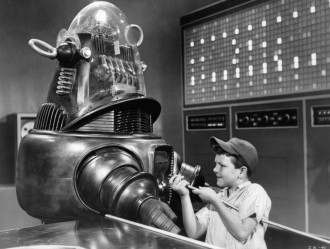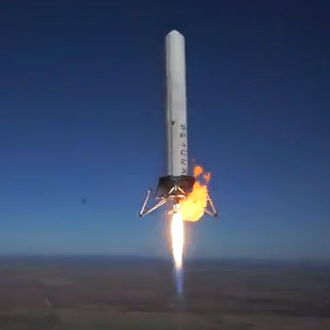 The US state of Ohio is considering restricting the teaching of science, in a move which might bring in a Christian fundamentalist education system.
The US state of Ohio is considering restricting the teaching of science, in a move which might bring in a Christian fundamentalist education system.
The bill, currently under consideration by the Ohio Assembly, is intended to revoke a previous approval of the Common Core educational standards, includes sections devoted to science and social studies.
The Common Core standards are based in core existing disciplines of biology, chemistry, and physics; incorporate grade-level mathematics and be referenced to the mathematics standards; focus on academic and scientific knowledge rather than scientific processes; and prohibit political or religious interpretation of scientific facts.
This sounds reasonable but actually, the new law means that teachers will be forbidden to teach the scientific process. They might learn scientific facts, but will not be taught how scientists reached those facts.
The law prohibiting “political or religious interpretation of scientific facts” actually prevents educators from pointing out any evidence that says that the earth is more than 10,000 years old.
Republican Andy Thompson told The Columbus Dispatch that the bill would open the door to instruction on intelligent design. For those who came in late, Intelligent Design is a quasi-scientific way of saying that the world was created 10,000 years ago by a specific god in seven days.
Thompson however is not consistent in his statement of intent. He told the Cincinnati Enquirer that the bill does nothing to put creationism into the classroom what it prevents is politicised science.
That naturally includes the issue of climate change in which he quotes some fake science to say it is untrue and therefore “political.”
Where this will leave IBM which has a big plant in Ohio is anyone’s guess. It will only be able to find workers who believe you can create data centre class servers by praying to God for them.













